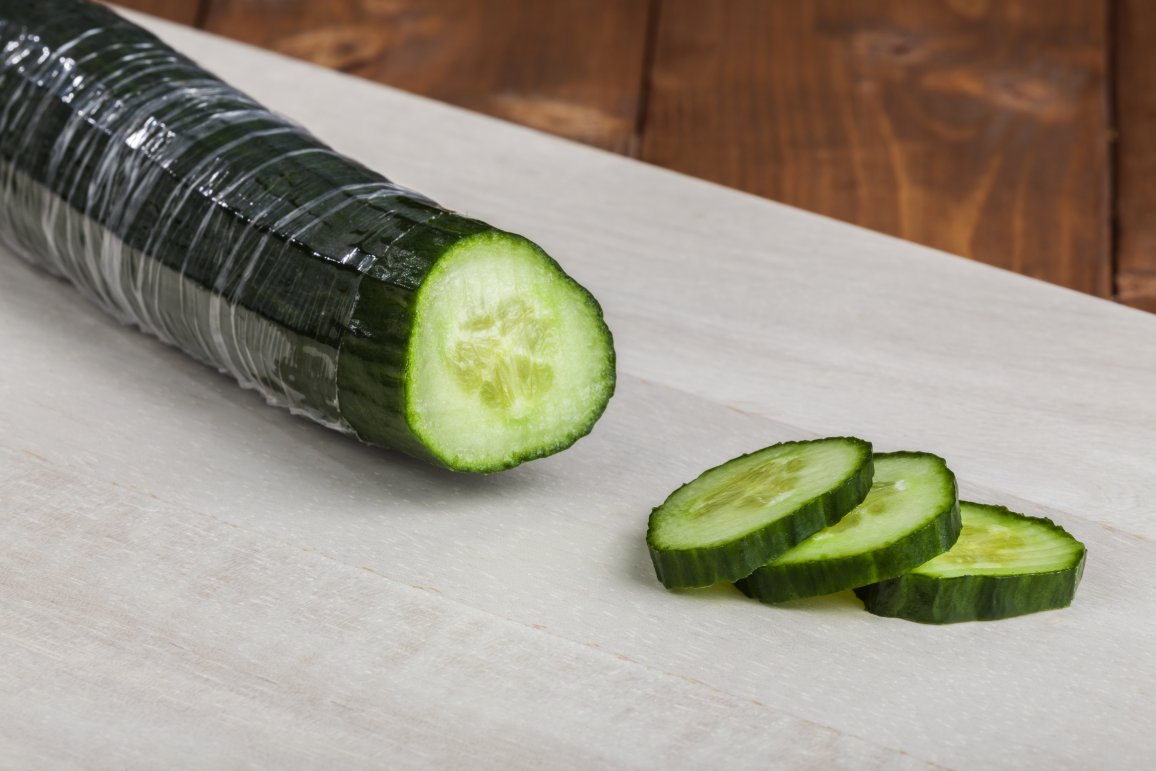Plastic keeps food fresh for longer
What would it be like if we did not use plastic packaging for any food or beverage products? Part 1 of our ‘A World Without Plastic’ series.

Less is less. If fruit, vegetables, grains, meat and fish were only available unpacked, in jars or wrapped in paper, meal plans would shrink and free time fade away. The things that come from far away and need special protection against heat, moisture, light, bacteria and pests would cease to be offered. The same goes for vacuum-sealed products and many processed products such as frozen pizzas, instant soups, spreads and confectionery, too. Some bad habits would bite the dust, and, generally speaking, it is hard to argue against seasonal cuisine. It is certainly healthier; however, at some point even the most creative winter cabbage variation would become a bit uninspiring.
The dreariness on the plate at home would also be reflected in restaurants, street food and canteens. We would experience a new medieval era in the culinary world, and exotic fruits and spices would become luxury goods again. While the loss of culinary pleasure might be manageable personally, the effect on efficiency and energy would be worse. Unpackaged fresh goods spoil faster, so they would need to be bought and cooked almost daily. Those not wanting to go without preserved food and wanting to drink more than tap water would choose glass. Glass would make the trip home heavier. Metal cans and carton packages would be somewhat lighter; however, both have an essential protective layer made of plastic which would make them unsuitable. Bio-based barriers, especially in paper and carton packaging, could provide some hope though are still very much in their developing stages.
High price and major losses
We can climb the food pyramid even without a plastic ladder, that much is for sure. Yet what price would we have to pay for this? Be it in the packaging, during transport or when processing, the full elimination of plastic would make almost all foods more expensive and the rate of spoiled food rise. Shorter shelf life and less protection against mechanical influences would increase the discard rate, contributing to food waste. That would be not only a shame for the goods and the land that is wasted unnecessarily, but also a genuine supply issue and toxic for the global carbon footprint. This is because subsequent production from discarded food causes an amount of carbon dioxide that is many times higher than its packaging.
Millions of people across the world depend on food and drinking water deliveries, in areas of war and crisis just as much as distant mountain regions or deserts. Transporting food and beverages efficiently in lightweight, stackable and content-preserving plastic packaging and cargo boxes ensures our survival. Any country can become a country in need, with crop failures from late frost, dry weather, hail and other extreme weather phenomena rising in frequency in these times of climate change. On top of that, many countries would not be able to feed their population without importing goods. Even if the global trade of agricultural products can sometimes cause problems and not always run fairly, the advantages still outweigh the disadvantages. Plastics make it possible to do business on a large scale and, in doing so, make food affordable and increase drinking water availability.
Reasonable packaging
Plastics enrich the offering of food, secure its supply and prevent waste of it. They are produced in a way that consumes little energy, they are very much reusable and they enjoy a better life cycle assessment than alternatives such as glass and paper. However, that is not enough to make them the only ‘true’ solution. Plastic should not always be the aim, and criticisms of many examples of single-use packaging can be justified. Not every food product needs the protection of a plastic film; it is not usually necessary to have multiple forms of packaging on them either. Governments try to curb the excesses with rules and bans. Occasionally, they get carried away, like when options that are more harmful to the climate – such as metal and carton packages – are rated better than plastic.
What matters is how plastics are used. Reuse systems and a circular economy are the best choice, and plastics are eminently suitable for both – as the PET bottle cycle proves. Putting deposits on single-use packaging made of plastic not only minimizes waste and littering, but also indicates the value of the material and raises awareness. When used plastic ends up in the right place, it gets turned into new, cost-effective packaging and does not pollute nature with rubbish. As knowledge grows, so too does the will to use plastic responsibly. Although there may still be quite a distance to go, governments, businesses and societies are on a good track globally.
Change of perspective: external expertise
Nicole Berkmann from SPAR Austria discusses plastic in food retail:

Nicole Berkmann Spar Austria (Image: Spar)
What would supermarket shelves look like without plastic packaging?
You can get an initial idea of that by looking at ‘zero-waste shops’, that is, there would be a significantly more limited variety of products. Many food products would no longer be able to be offered due to safety and hygiene concerns. Alternative packaging such as glass, metal or paper might be conceivable; however, these forms come with their own challenges. Glass and metal have very energy-intensive production processes and as a result are not necessarily more sustainable. Moreover, paper packaging could significantly shorten the shelf life of fresh products such as meat, sausage or dairy products. So, supermarket shelves without plastic packaging would not only be significantly emptier but also face strong limitations on the variety and freshness of the product offering.
How does food even make it onto the shelf? And what role does plastic have in that?
Plastic is hugely relevant for the logistics of food retailers, too. For fruits and vegetables in particular, organisations apply reuse systems consisting of robust plastic crates. After delivery, they are folded up, transported back, cleaned and reused over and over again. This established reuse system replaces single-use packaging such as cardboard or wood, and makes a significant contribution to the conservation of resources and prevention of waste. Without plastic crates, alternative cargo packaging such as cardboard or wood would have to be adopted again, which would not only demand different logistical processes but also result in higher consumption of material and energy.
How much waste does SPAR prevent through the preservative effect that plastic has?
The classic example in this case is the cucumber. It contains so much water that it shrinks very rapidly if it is not packed in a plastic sleeve, and people do not buy it if that shrinkage happens. For just SPAR alone, we have calculated that we would need to dispose of over 200,000 cucumbers more at the end of the day if they were not packed in a sleeve.
What does SPAR do to reduce plastic waste?
We try to avoid using plastic wherever it makes sense to do so. For example, that can mean using an entirely different material. It can also just mean reducing the thickness of the plastic or swapping part of the packaging for another material. Take pre-sliced cheese, for example: the rear of the packaging is made of paper and the front of plastic. This is a perfect symbiosis of product longevity and, at the same time, visibility for the customer.
When does reducing plastic deliver particularly effective results?
Reducing plastic delivers particularly effective results wherever alternatives can be used reasonably and without jeopardising product quality or safety. Examples here include transitions to recyclable materials or reusable packaging in certain product categories. What is important is to take a balanced approach – not every alternative is automatically more sustainable, and factors such as energy consumption and cargo efficiency must be considered, too.
Do you like our texts? Perhaps even so much that you want to use them in your own media? Then please get in touch with us beforehand!
